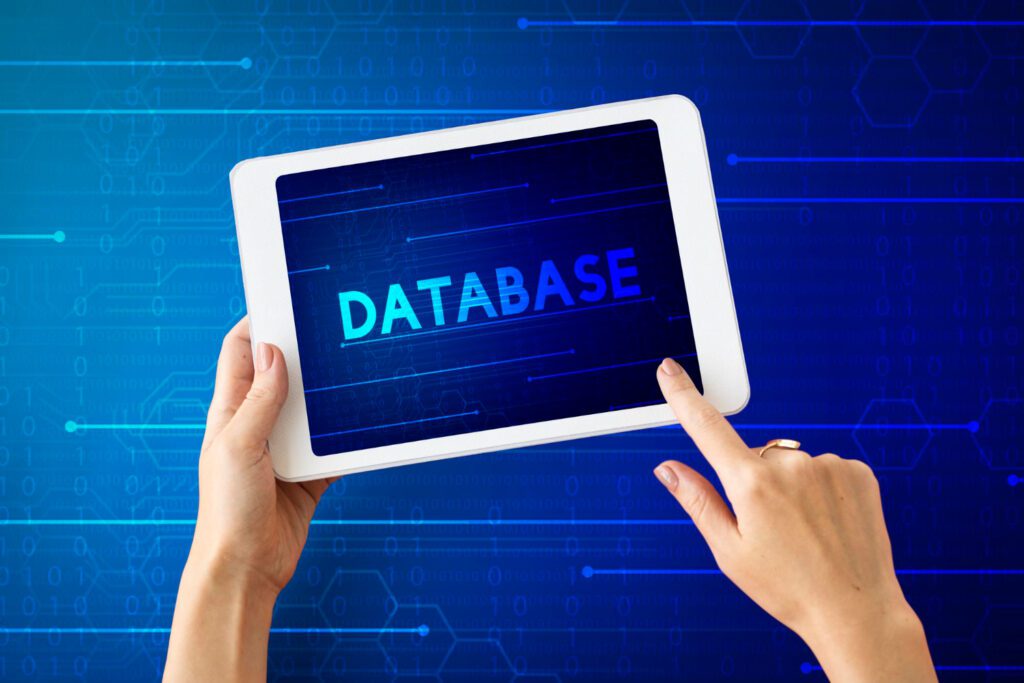
In today’s highly data-dependent world, corporations consider information an essential resource. However, like any other valuable resource, data must be managed and supervised carefully. Data audits can help in this situation. A data audit is an organized assessment of an organization’s data practices with the goal of determining the information’s correctness, completeness, security, and compliance with legal requirements.
Continue reading to learn more about data audits, including their purpose, benefits, and best practices.
What Is a Data Audit?
Data audits are crucial for maintaining data quality and integrity. They systematically review and analyze the data to uncover any discrepancies, errors, or vulnerabilities affecting its reliability. By shifting from reactive to proactive data management, audits help organizations identify issues early. This methodology guarantees that data-driven decisions are based on reliable and accurate information.
Benefits of Conducting Regular Data Audits
Data audits play a crucial role in modern organizational security, providing a range of advantages for businesses regardless of their size. Let’s explore the various benefits they offer:
Enhanced Data Governance
Data audits evaluate and refine how organizations manage and protect their data. Doing so ensures better data governance practices, laying a solid foundation for data security.
Compliance Assurance
Compliance with GDPR, HIPAA, or ISO 27001 is non-negotiable in today’s regulatory environment. Regular data audits help organizations align with these standards, mitigating legal risks.
Strengthened Security Measures
Audits highlight risks such as system vulnerabilities and unauthorized access, empowering businesses to take preventive action to reduce these risks. Organizations can strengthen their security measures by using audit insights, making it more difficult for cyber attackers to infiltrate defenses.
Trust Building
Frequent data audits let stakeholders know how seriously an organization protects sensitive data. This promotes trust among customers, partners, and investors, potentially increasing business opportunities.
Business Continuity
By identifying and addressing potential threats, audits help in uninterrupted operations, safeguarding against disruptions caused by cyber-attacks.
Resource Optimization
Audit findings inform resource allocation decisions, ensuring that investments in data security are directed where they are needed most, optimizing both cost and effectiveness.
Data Audit Process

Conducting a comprehensive data audit requires careful planning and execution. Here’s a step-by-step breakdown of the process:
Planning and Scoping
The first step involves defining the scope and objectives of the data audit. This includes determining the type of data to be audited, the departments involved, and the desired outcomes.
Data Mapping and Discovery
Once the scope is defined, the next step is to map out the organization’s data landscape. This involves identifying all data sources, their formats, locations, and how data flows throughout the organization.
Data Assessment and Analysis
Following data mapping, a thorough assessment of the data is conducted. This involves evaluating data accuracy, completeness, consistency, and compliance with relevant regulations and internal policies. Data analysis tools and techniques may be employed to identify inconsistencies in the data.
Reporting and Remediation
Upon completion of the data assessment, a comprehensive report details the findings, identified issues, and recommendations for corrective actions. These recommendations may include data cleansing strategies, security improvements, or updates to data governance policies.
Follow-up and Monitoring
Data audits are not one-time event. Regular follow-up is essential for the effective implementation of corrective actions and the maintenance of data quality over time. This may involve monitoring key data metrics and conducting periodic reviews to assess the effectiveness of implemented controls.
Data Audit Best Practices
Let’s look into some essential data audit best practices that organizations should prioritize:
Define Data Governance Policies
Establish clear data governance policies and procedures outlining how data is managed, accessed, and protected across the organization. This includes defining roles and responsibilities, data ownership, and access controls to mitigate the risk of unauthorized access or misuse.
Data Classification
Classify data based on its sensitivity, importance, and regulatory requirements. This classification helps prioritize security measures and determine appropriate access controls. For example, sensitive data such as personally identifiable information (PII) or financial records may require stricter security measures than non-sensitive data.
Access Controls and Permissions
Implement robust access controls and permissions to ensure only authorized users can access sensitive data. This involves role-based access control (RBAC), least privilege principles, and regular review and updates of user access rights to prevent unauthorized access or data breaches.
Data Encryption
Encryption techniques should be utilized to protect data both in transit and at rest. Encryption helps safeguard data from unauthorized access or interception by converting it into unreadable ciphertext that can only be decrypted with the appropriate encryption key.
Data Retention and Deletion
Establish data retention and deletion policies to guarantee compliance with regulatory requirements and minimize the risk of data breaches. Regularly review and dispose of obsolete or unnecessary data to reduce storage costs and mitigate security risks associated with retaining outdated information.
Employee Training and Awareness
Provide comprehensive training and awareness programs for employees to educate them about data security best practices, regulatory compliance requirements, and their role in safeguarding sensitive information.
Vendor Risk Management
If outsourcing data processing or storage to third-party vendors, conduct thorough assessments of their security practices and ensure they comply with relevant regulations. Establish contractual agreements outlining data protection responsibilities and conduct regular audits to monitor compliance.
Data audits are essential for organizations to ensure their data’s accuracy, security, and compliance. Regular data audits not only mitigate risks but also unlock data’s true potential, allowing organizations to make informed decisions, build trust with stakeholders, and gain a competitive edge. By investing in data audits, organizations can transform their data from a raw asset into a strategic driver of success.
For organizations seeking to utilize the power of data effectively, data audits are no longer a recommendation; they are an important investment. Compu-SOLVE Technologies can help you safeguard your valuable business data with efficient data auditing procedures. Contact us to learn more.




